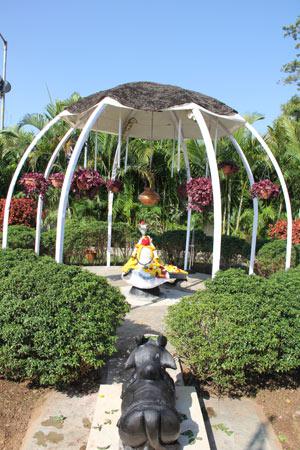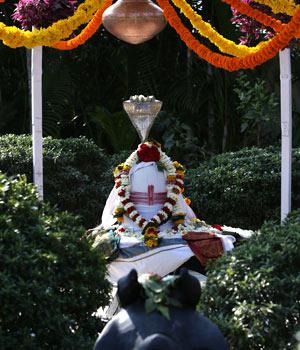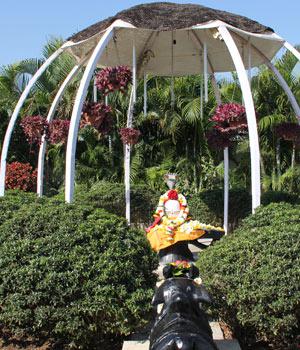
Mantra Of Shivji
VAMANGE CHAVIBHATI BHUDHARASUTADEVAYAGAMASTAKE | BHALE BALA VIDHURGALE CHA GARALAM YASYORASIVYALARATA|| SOAYAMAM BHUTI VIBHUSHANAH SURA, VARAMSARVADHIYAH SARVADA, SHARVAH SAVAGATAH SHIVAM SHASHINIMAH, SHRI SHANKARH SHATUMAM ||
Meaning of Mantra
That Lord Shiva who has on his left side Mother Parvati, who has Ganges and moon on his forehead, who has poison in the throat and cobras on the chest, such an omnipresent greater than the gods, Lord Shiva may protect me.Ashta Dravyas and Ganesha Namavali. Now, let us consider this scriptural form of Lord Shiva, with scientific view and see what does God want to preach the common people.





